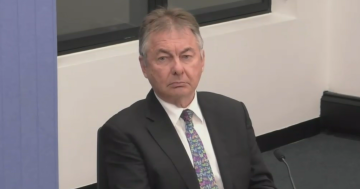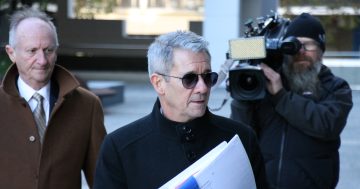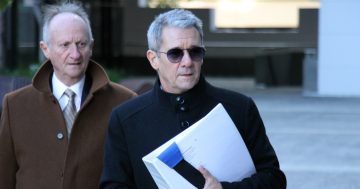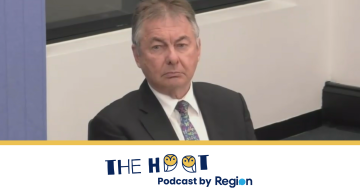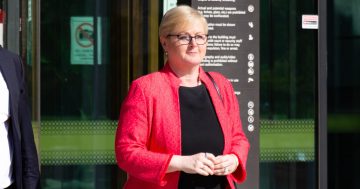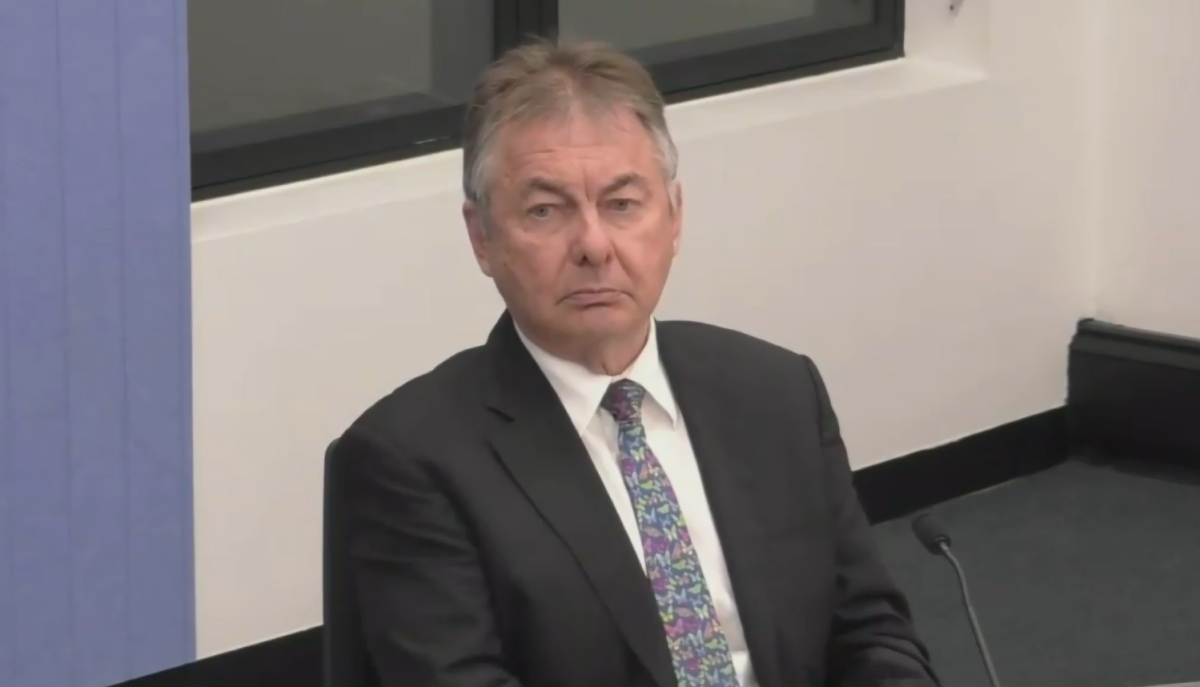
Board of Inquiry chair Walter Sofronoff KC: his reported communications with journalists are not a good look. Photo: Screenshot.
What on earth was Walter Sofronoff doing allegedly calling journalists while he was chairing a Board of Inquiry into the behaviour of former ACT DPP Shane Drumgold during the aborted trial of Bruce Lehrmann for the alleged rape of Brittany Higgins?
Lawyers for Mr Drumgold, who is challenging the inquiry findings against him, say Mr Sofronoff called journalists from The Australian 55 times, particularly Janet Albrechtsen, and 10 to other journalists.
During the BOI’s public hearings, which ran between May and June 2023, Mr Sofronoff is said to have made 10 calls to The Australian, eight of which were to Ms Albrechtsen.
Barrister Dan O’Gorman told the court there were also texts and emails, and all these communications took place without Mr Drumgold being aware of them.
He said Mr Sofronoff was in “constant contact” with Ms Albrechtsen from about 22 February and throughout the remainder of the time he was performing his role, and she had received “confidential information” related to the inquiry.
Ms Albrechtsen, who is more a commentator than a journalist, was particularly hostile to Ms Higgins’s case and to Mr Drumgold, who has alleged an apprehension of bias against him in Mr Sofronoff’s report.
Mr Sofronoff had even issued his own guide on how the media should deal with the BOI.
This came after years of controversy involving claims and counterclaims in duelling versions of events in different outlets before, during and after the case.
Whatever the merits of Mr Drumgold’s challenge or what emerged during the trial, the latest revelations continue a pattern of blurred lines between journalists, politicians, lawyers, and police.
In a high-profile sexual assault case laced with political implications, trial by media trashed Ms Higgins reputation, the presumption of innocence Mr Lehrmann should have been afforded and helped seal the fate of Mr Drumgold. It must be noted that Mr Lehrmann pleaded not guilty during his prosecution and no findings have been made against him.
This was not a case that went to trial and was duly reported on with fairness and detachment, but one in which the interests of both sides were prosecuted through the media.
It is fair to say that when The Australian decided early on to take a certain view, led by Albrechtsen, it was Ms Higgins and the prosecution that came off second best. Deservedly so, some may say.
However, that publication obtained and published privileged information that went beyond usual reporting in a criminal trial. In Mr Drumgold’s case, it and the ABC managed to obtain a copy of Mr Sofronoff’s BOI report before anybody else.
Some will argue this and the stream of breaking stories was simply good journalism and the result of being incredibly well-connected, but it reeks of US-style coverage where journalists are not observers but players in the legal process.
What Mr Sofronoff and Albrechtsen talked about is anybody’s guess, and there is no suggestion of anything untoward, but it isn’t a good look. There are good reasons for maintaining professional distance.
It remains to be seen if the Lehrmann case is a watershed event in how the media approach reporting of the justice system but it was probably too much to expect in the era of 24/7 media, fractured as it is, for a story about sex, power and politics to be covered conventionally.
Without any sanction from the courts themselves, some media outlets will continue to feed the appetites of their audiences in any way they can.
Original Article published by Ian Bushnell on Riotact.


